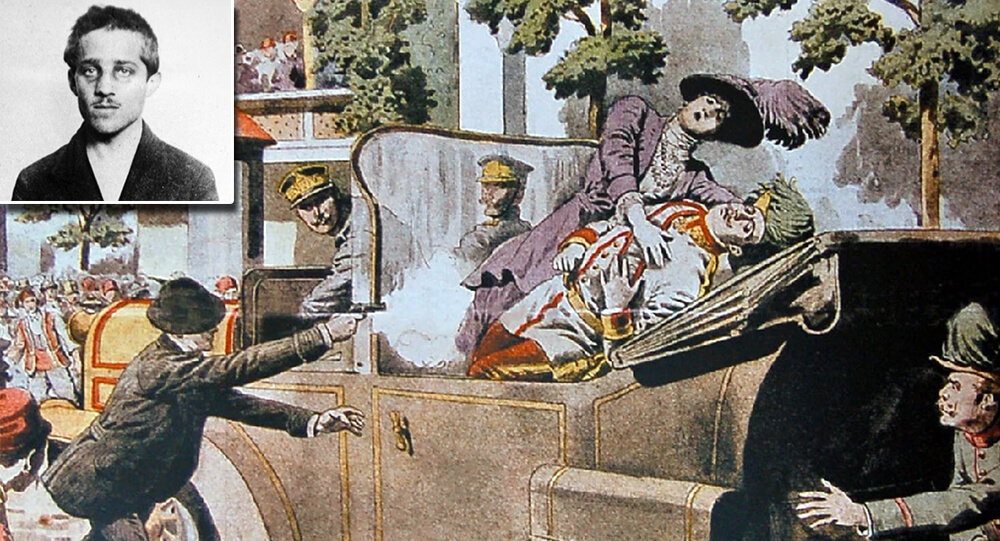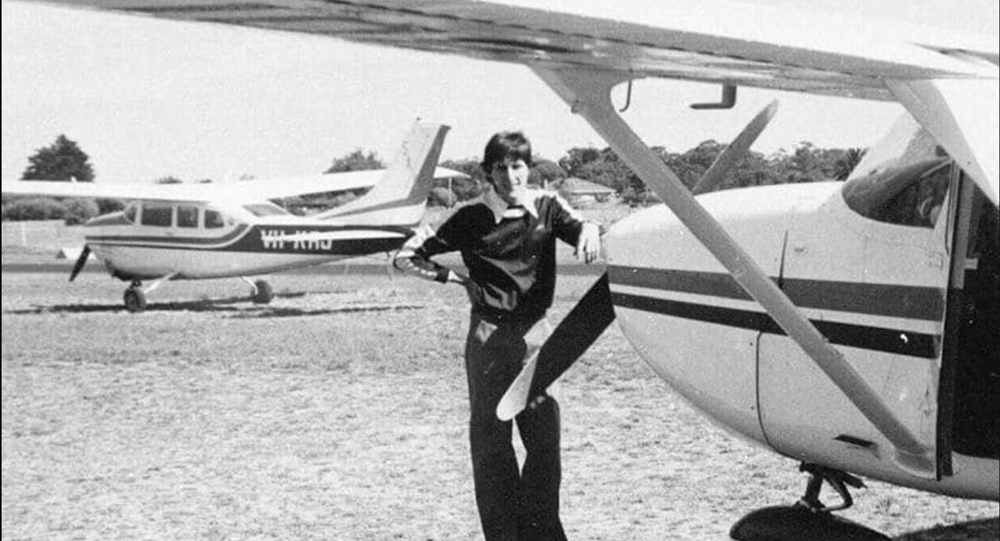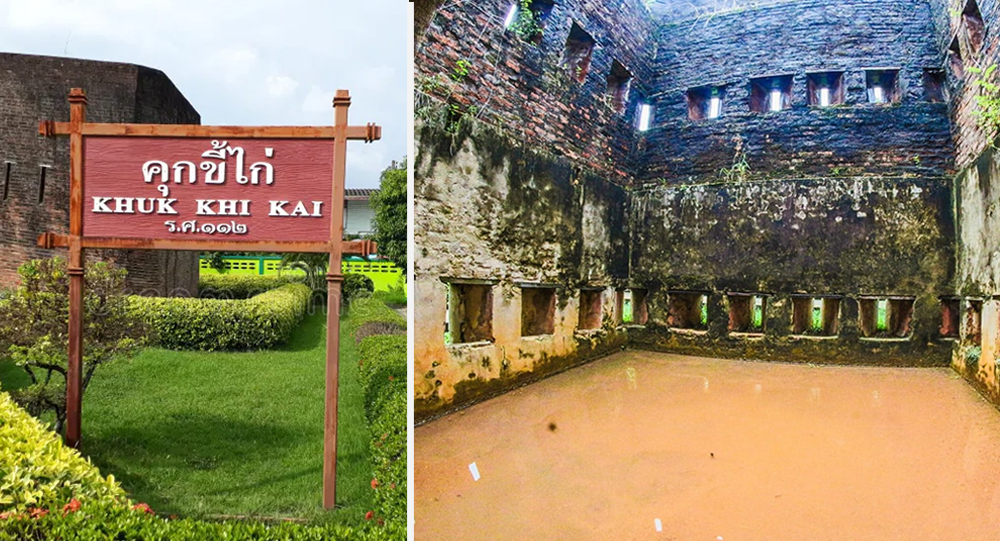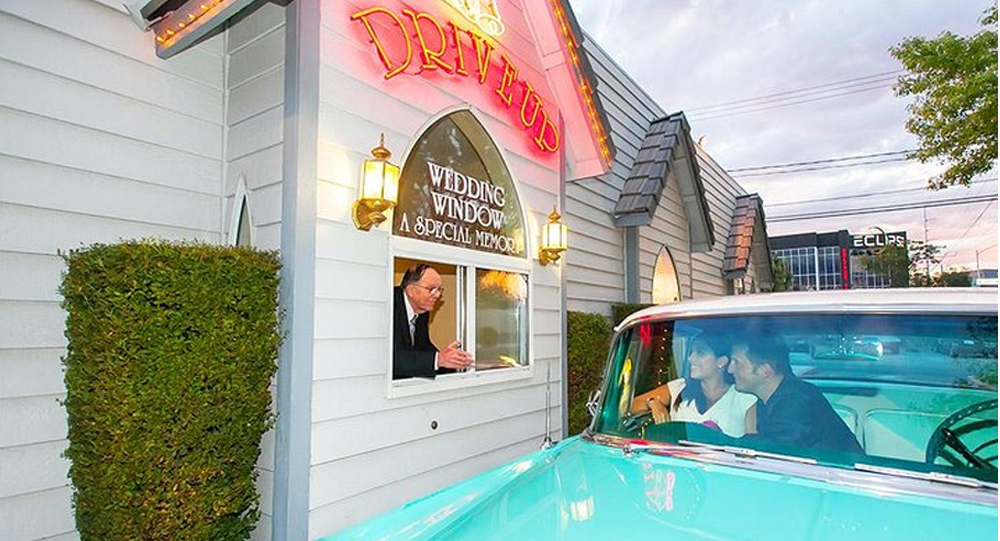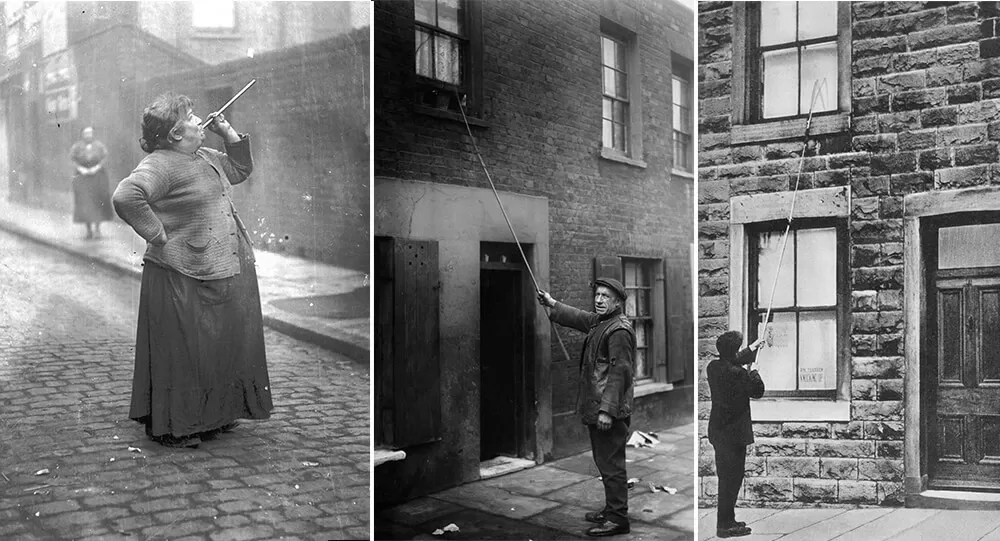Since it ended, there has been discussion about the reasons behind World War I, or the Great War. Officially, Germany bore a large portion of the blame for the war’s four years of unprecedented carnage. However, a number of intricate factors contributed to the war, including a brutal assassination that sparked the biggest conflict Europe had ever seen.
Archduke Franz Ferdinand’s murder infuriated Austria-Hungary.
In June 1914, Austrian Archduke Franz Ferdinand and his wife Sophie paid a state visit to Bosnia, which had been annexed by Austria-Hungary.
The couple visited Sarajevo’s capital on June 28 to look over the imperial forces stationed there. They narrowly escaped death when Serbian terrorists threw a bomb at their open-topped car as they were traveling to their destination.
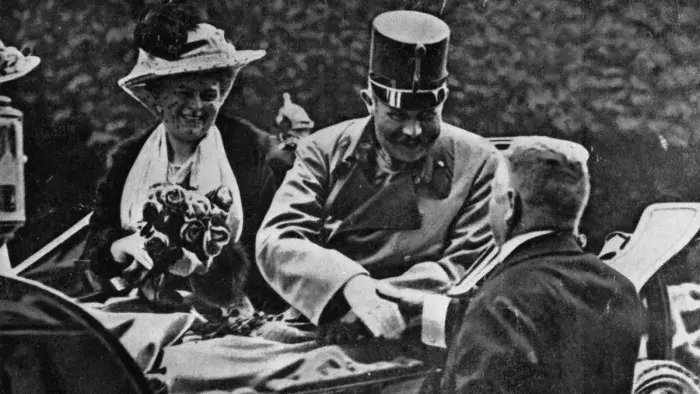
Later that day, however, their luck ran out when their driver unintentionally drove them past Gavrilo Princip, a 19-year-old Serbian nationalist who fatally shot Franz Ferdinand and his wife at point-blank range. On July 28, Austria-Hungary, shocked, and Germany supported its declaration of war against Serbia.
Within a few days, Germany invaded France via Belgium after declaring war on Serbia’s ally, Russia. This prompted Britain to declare war on Germany.
Imperialist expansion was fueled by a lack of industrial resources.
The desire of a state to expand its empire was not new in European history, but by the early twentieth century, the Industrial Revolution was in full force.
The need to control new lands and their natural resources, including oil, rubber, coal, iron, and other raw materials, was sparked by new industrial and manufacturing technologies.
Germany desired a larger share of the continents due to the British Empire’s expansion to five continents and France’s control of many African colonies. Countries formed alliances to position themselves for European dominance as tensions increased as they competed for position.
As nationalism increased, diplomacy suffered
Europe experienced a rise in nationalism during the 19th century. As people’s pride in their nation and culture grew, so did their desire to be free of imperial rule. However, in some instances, nationalism was fueled by imperialism as some groups asserted their superiority over others.
For example, after Germany dominated France in the Franco-Prussian War of 1870-1871, France lost money and land to Germany, which then fueled French nationalism and a desire for vengeance. This widespread nationalism is thought to be a major contributing factor to World War I.
When Princip, a member of a Serbian nationalist terrorist organization fighting against Austria-rule Hungary’s over Bosnia, assassinated Archduke Ferdinand and his wife during World War I, nationalism played a particular role in the conflict.
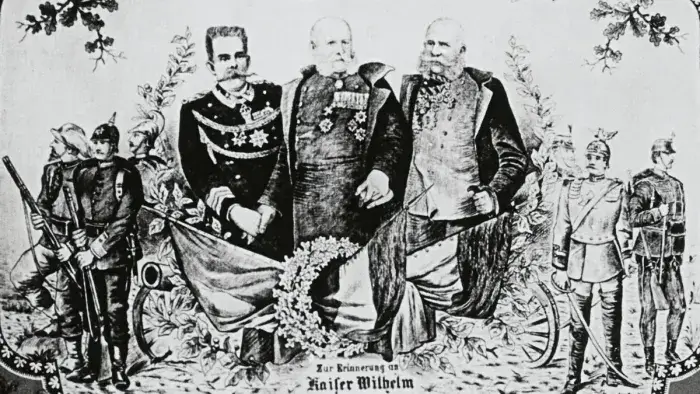
Entangled alliances created two competing groups
Germany and Austria-Hungary formed an alliance against Russia in 1879. Italy joined their alliance (The Triple Alliance) in 1882, and in response, Russia allied with France in 1894.
The Triple Entente was established in 1907 by France, Russia, and Great Britain as a means of defense against the growing threat posed by Germany. The Central Powers, which included Germany, Austria-Hungary, and Italy, and the Allies, which included Russia, France, and Britain, soon divided Europe into two groups.
Though not every alliance was set in stone—Italy later switched sides—as war was declared, the allied nations encouraged one another to fight and uphold their treaties. By the end of August 1914, the so-called “entangled alliances” had led to the spread of what should have been a localized conflict to all of Europe’s major powers.
Militarism sparked an arms race
Many European nations strengthened their militaries at the beginning of the 20th century and were prepared to use them. The majority of the European powers, who were engaged in an arms race and had military draft systems, were methodically building up their war chests and honing their defensive tactics.
France, Russia, Britain, and Germany all saw significant increases in their defense budgets between 1910 and 1914. But at the time, Germany was by far the militarist nation in Europe. It had massively increased its military spending by 79 percent by July 1914.
Additionally, Germany and Britain were engaged in a clandestine naval conflict. As soon as the British Royal Navy created the first Dreadnought battleship, which could outgun and outrun any other battleship in existence, they doubled their naval battle fleet. Not to be outdone, Germany built its own fleet of Dreadnoughts.
The European powers were not only ready for war when World War I broke out; some even looked forward to it as a way to advance their international standing.
Despite the fact that Austria-Hungary struck first after the assassination of Archduke Ferdinand, all the other European powers quickly lined up to defend their alliances, maintain or grow their empires, and show off their military strength and national pride.
